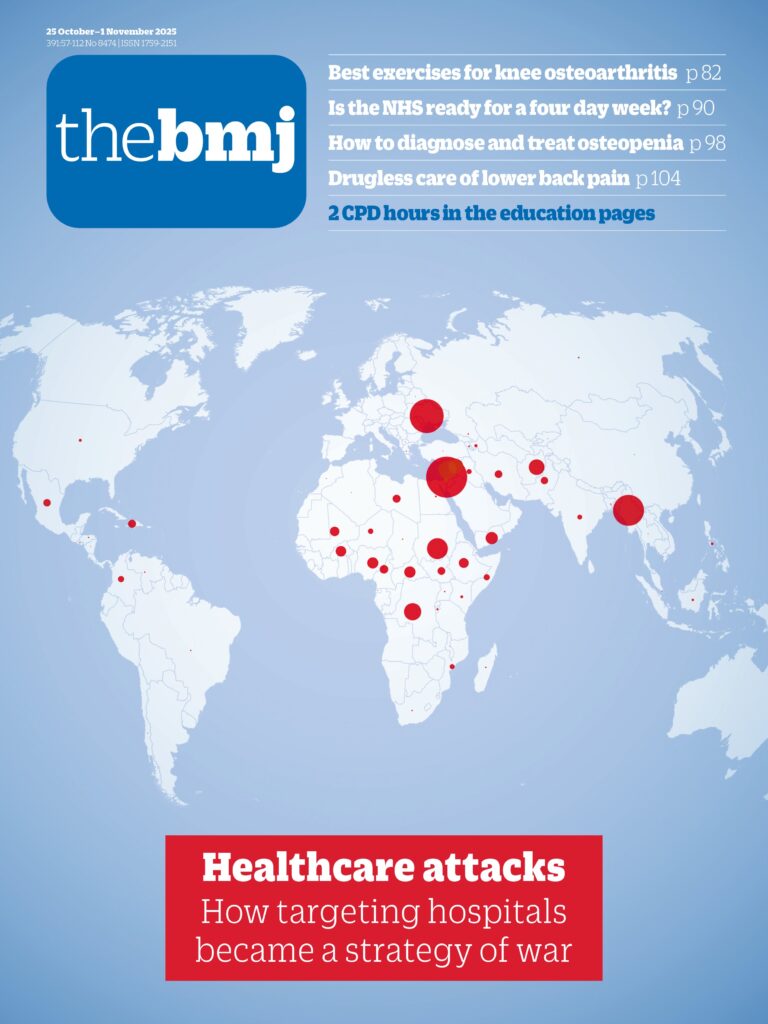- Danielle A van der Windt, professor of primary care epidemiology1,
- Carol Ingram, patient and public contributor2,
- Melanie Holden, professor of musculoskeletal rehabilitation1
- 1Arthritis UKPrimary Care Centre, School of Medicine, Faculty of Medicine and Health Sciences, Keele University, Staffordshire, ST5 5BG, UK
- 2Patient author, Stafford, UK
- Correspondence to: D A van der Windt d.van.der.windt{at}keele.ac.uk
Tailored plans and support for lasting engagement are needed
Osteoarthritis affects more than 595 million people worldwide, and it is a leading cause of musculoskeletal pain and disability. Driven by ageing populations and an increase in obesity, the prevalence of knee osteoarthritis is rising exponentially, and it is projected to increase by 75% by 2050.1 Osteoarthritis has become a global health crisis that threatens quality of life, sustainability of healthcare systems, and workforce participation.2
In a linked study, Yan and colleagues (doi:10.1136/bmj-2025-085242) report the results of a systematic review and network meta-analysis evaluating the comparative effectiveness of five different modalities of exercise in the management of knee osteoarthritis.3 The findings reaffirm the benefits of exercise, with aerobic training showing the most consistent improvements in pain, physical function, and gait across follow-up time points. Strengthening and mixed exercise interventions statistically significantly improved physical function at 12 weeks, although effect sizes were smaller, whereas neuromotor training benefited gait performance, yet only in the short term (four weeks). Notably, …

